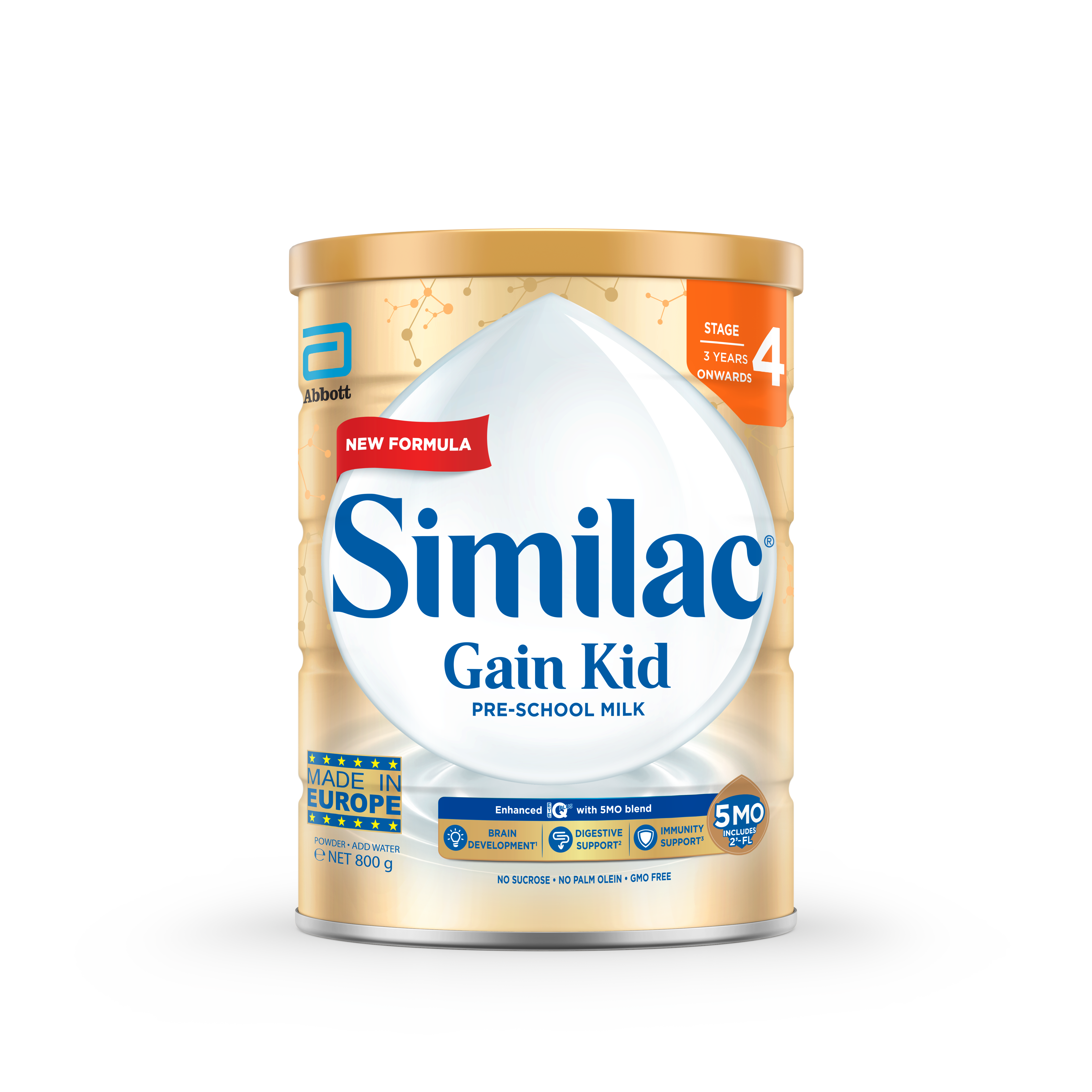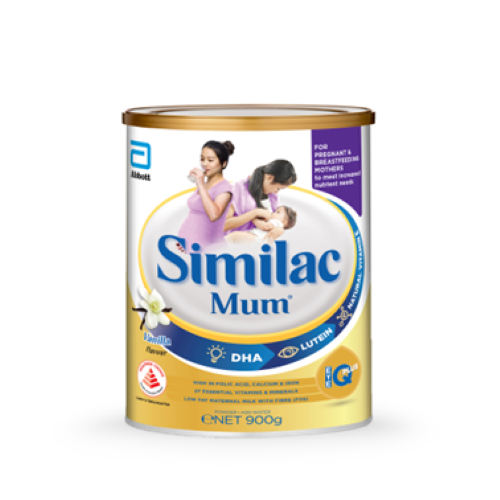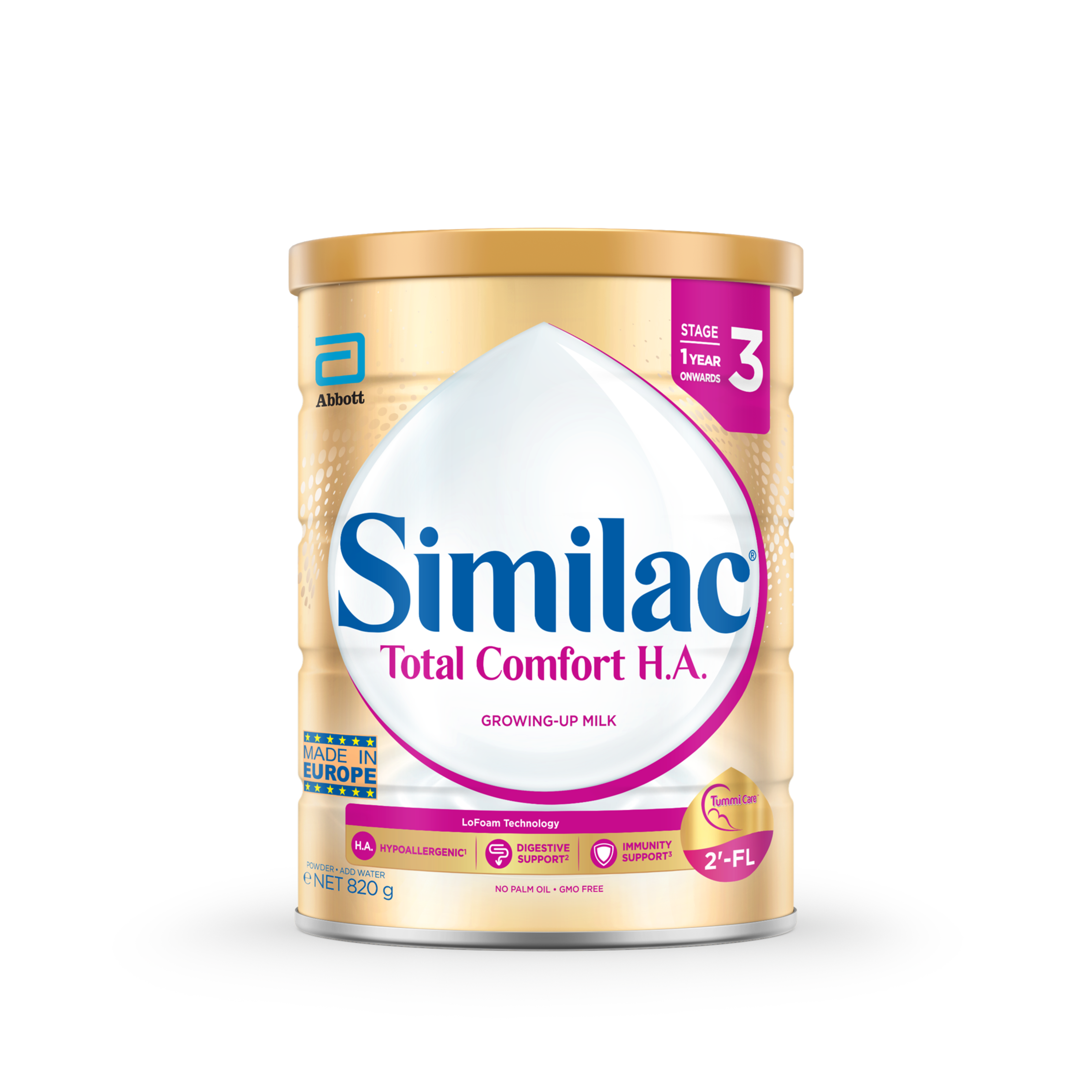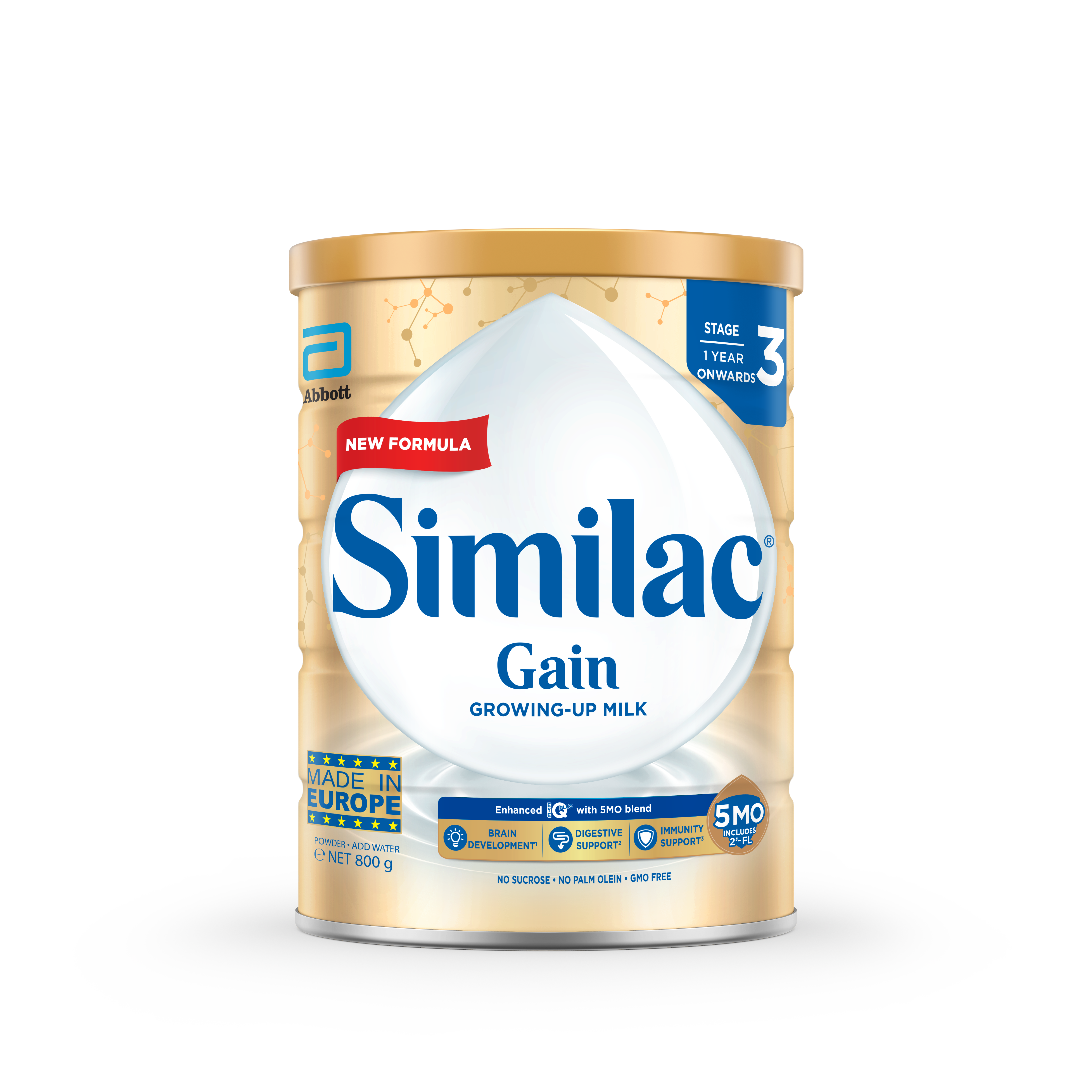Protects body cells from oxidative stress1
What Is Lutein?1
Lutein is found in parts of the human brain, and may be associated with one’s memory, learning and language development. Many people also call Lutein “the eye vitamin”, as this micronutrient is essential for maintaining visual function.
As the human body cannot produce Lutein naturally, it is important that one consumes foods which are good sources of Lutein.








